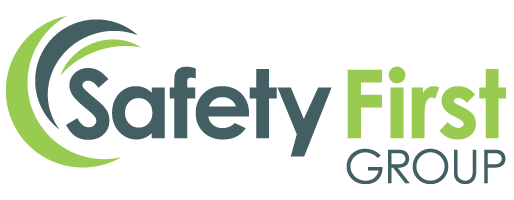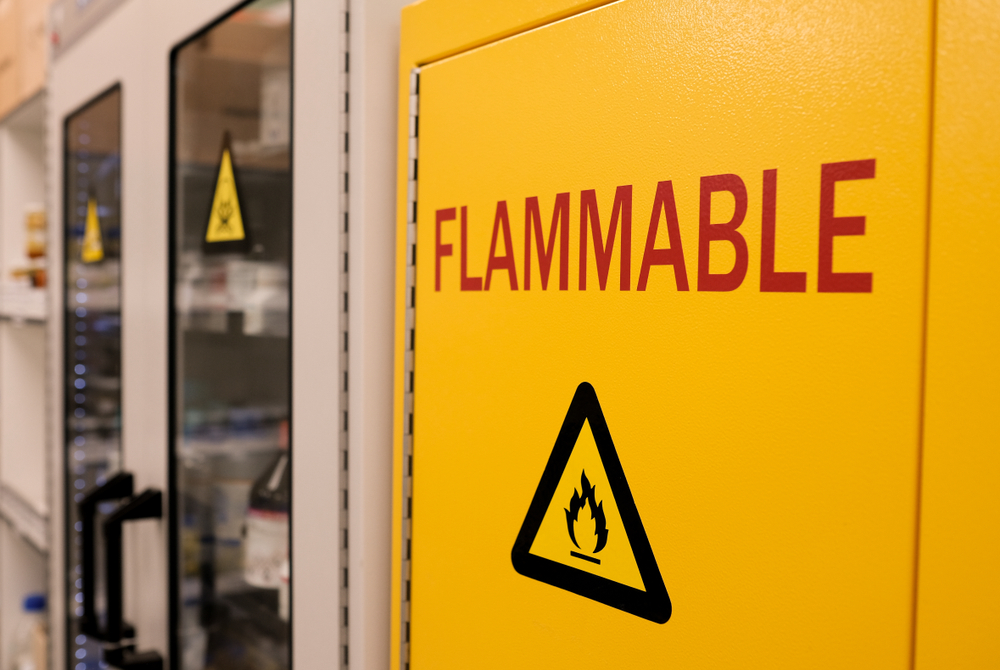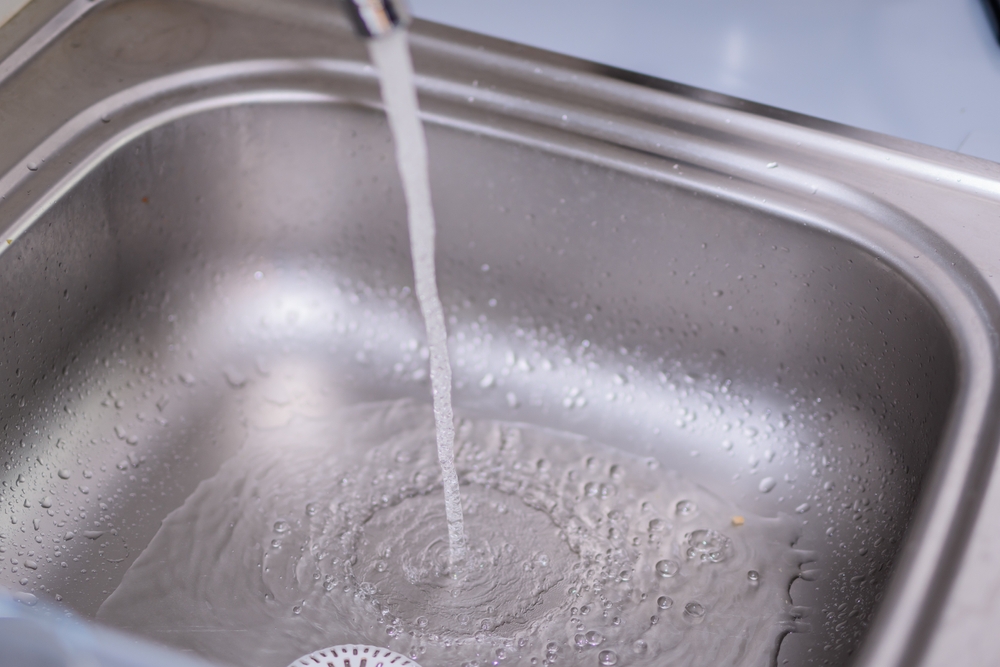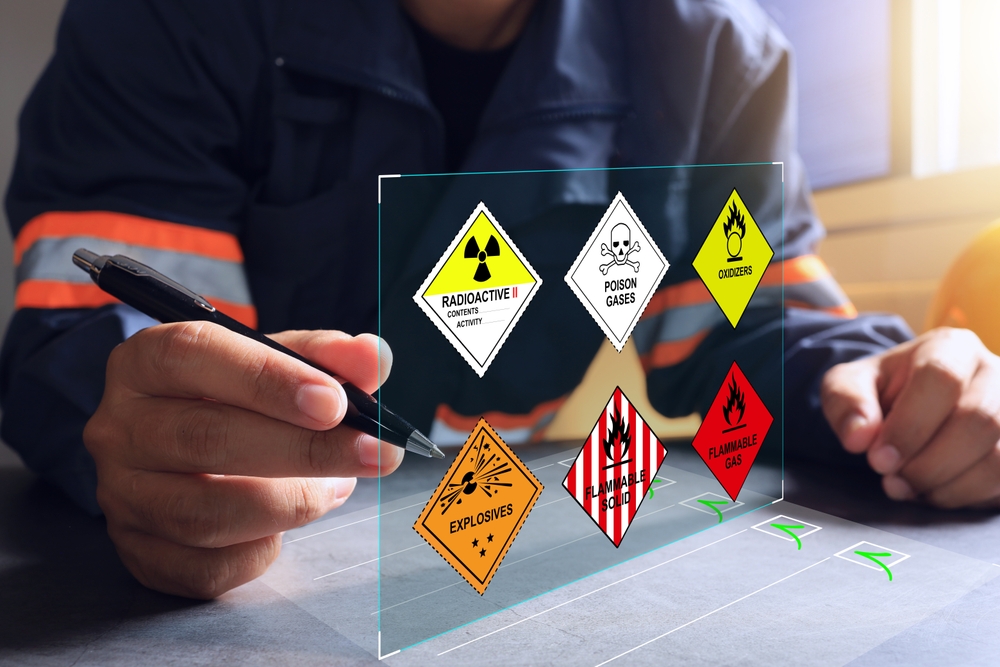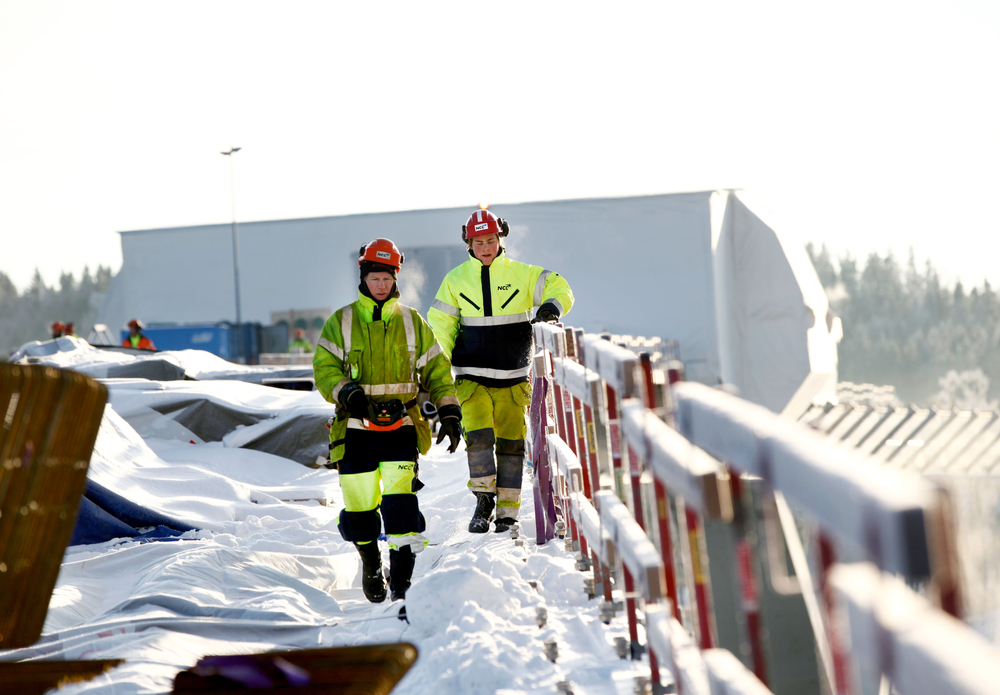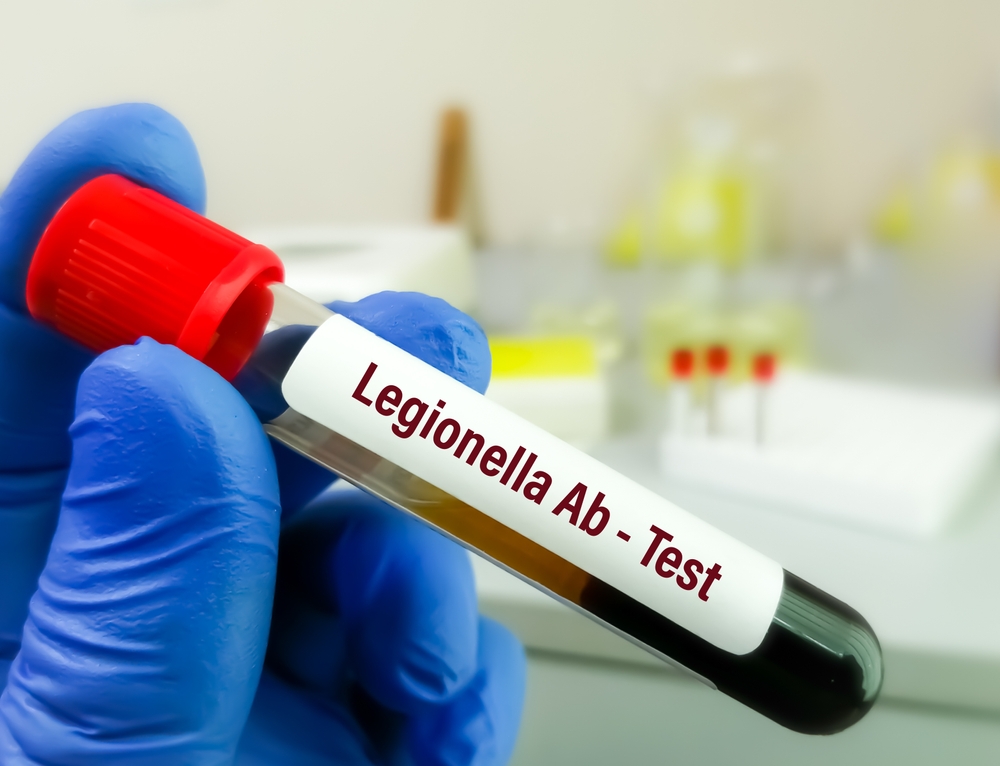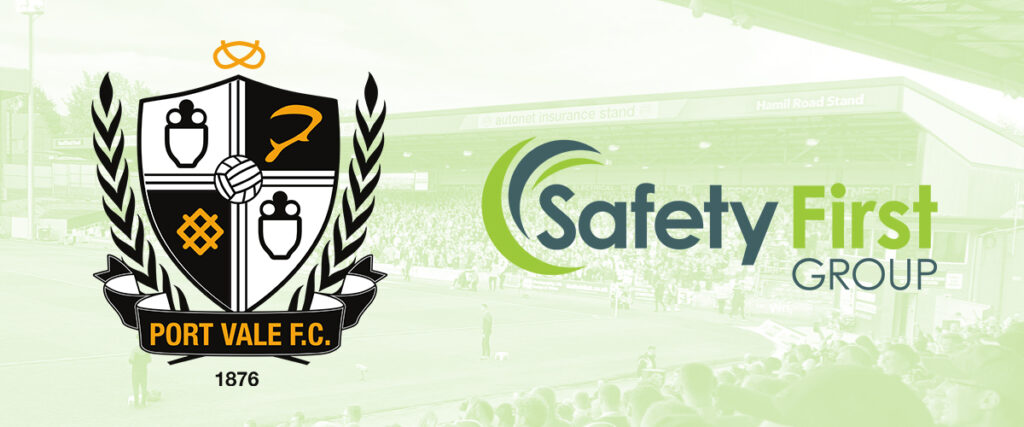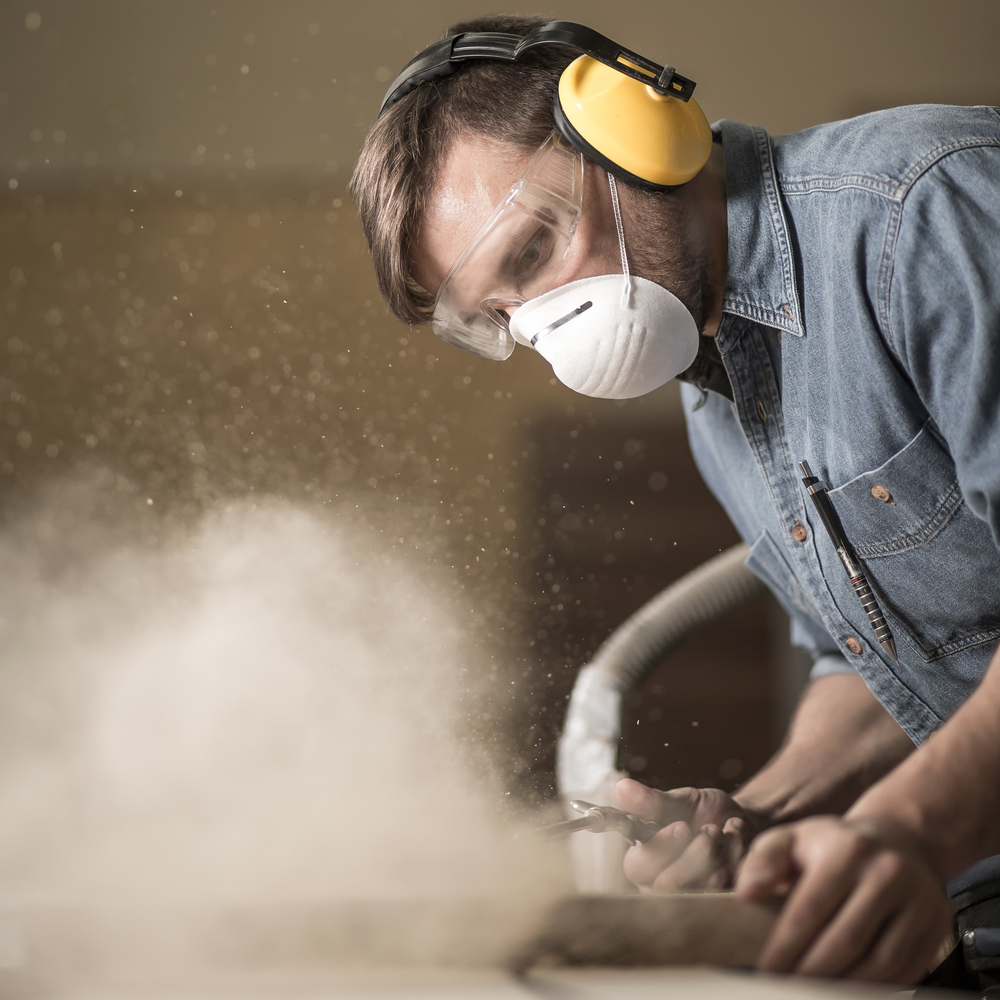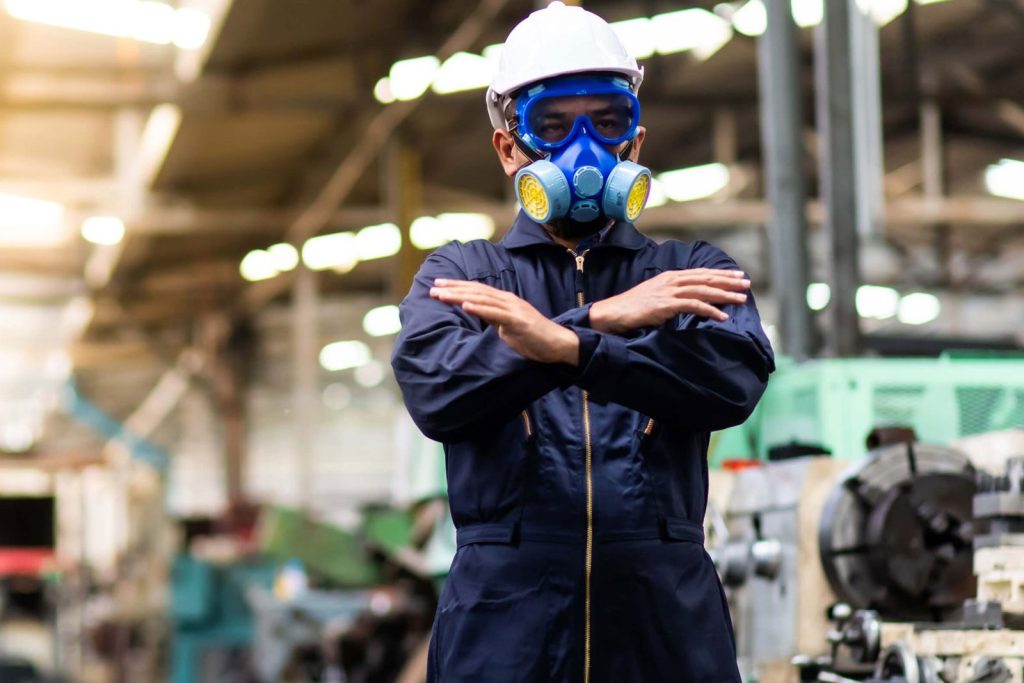An avoidable risk in industrial workplaces, helping protect the health of workers and the community, as well as prevent legal penalties for non-compliance with air quality regulations.
Where workers are regularly exposed to RCS dust and there is a reasonable likelihood that silicosis may develop. Examples of high-risk activities include; construction, brick and tile work, ceramics, slate, manufacturing, quarries and stonework.
The risks of RCS
If high quantities of this very fine RCS dust are inhaled on a regular basis over many years, there is a potential risk that the cumulative effects can cause a lung disease known as silicosis, followed in severe cases by lung cancer.
In everyday context, crystalline silica is safe. It is inert, meaning that it does not react with any chemicals, and it is not harmful to health.
However, when rocks containing crystalline silica are cut, crushed, ground, drilled or used in similar industrial processes, dust particles are produced. Some of these particles are very fine – known as respirable crystalline silica or RCS.
Exposure to respirable crystalline silica dust can have serious health impacts on workers and anyone in the vicinity. Therefore, it’s essential that those working with construction and mineral processing dusts are aware of the hazards and risks and can effectively manage them.
Everyone involved in construction activities has the responsibility to manage the associated health risks, including the health risks associated with construction and mineral processing dust exposure.
The result and symptoms of RCS
Silica dust particles become trapped in lung tissue causing inflammation and scarring. The particles also reduce the lungs’ ability to take in oxygen. This condition is called silicosis. Silicosis results in permanent lung damage and is a progressive, debilitating, and sometimes fatal disease.
These commonly include bronchitis-like symptoms such as persistent cough, shortness of breath and difficulty breathing. People also suffer from weakness, fatigue, fever, night sweats, leg swelling and bluish discolouration of the lips.
The importance of occupational exposure monitoring
If you work in an industry that is prone to regular exposure to a variety of harmful substances such as chemicals, fumes, dusts and fibres, you are required to comply with the Control of Substances Hazardous to Health (COSHH) Regulations to provide safe working environments for your employees.
- Producing data to implement remedial actions effectively
- Checking the effectiveness of your control measures
- Ensuring workplace exposure limits are not exceeded
- Identifying health surveillance needs
Safety First’s occupational exposure monitoring
Exposure monitoring is needed for work with harmful substances, such as asbestos and lead may also be required as part of the COSHH risk assessments. Our specialist team is highly qualified in the different methods of monitoring exposure. No matter how complex the issue, Safety First can find the right sampling strategy for you.
Safety First is experienced in delivering a complete range of occupational exposure monitoring services to provide you with confirmation that your control measures are adequate and workplace exposure limits are not exceeded.
Contact our friendly team of experts to find out more about occupational exposure monitoring or any of our other services:
